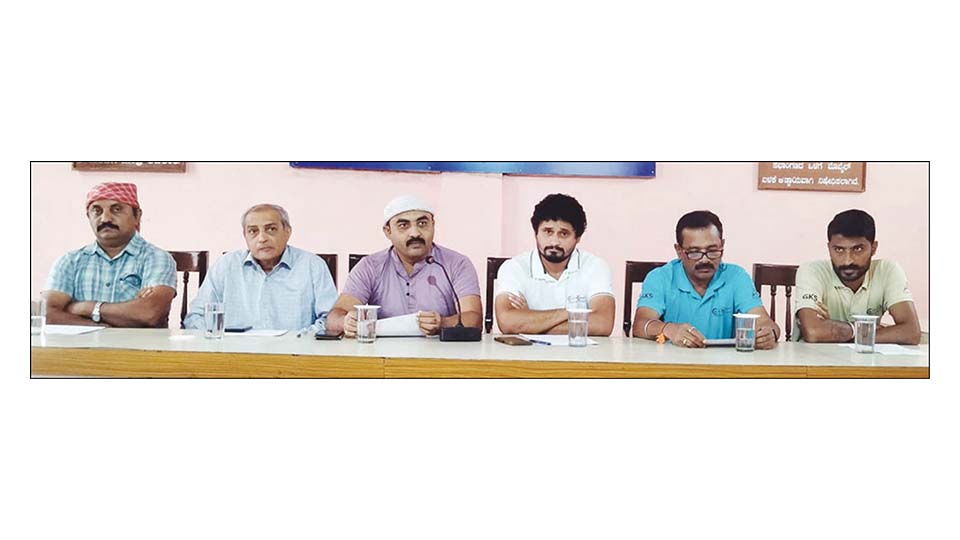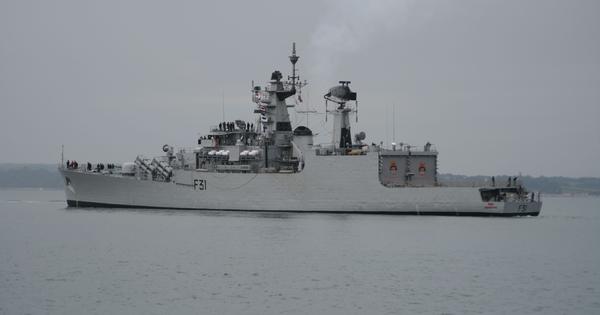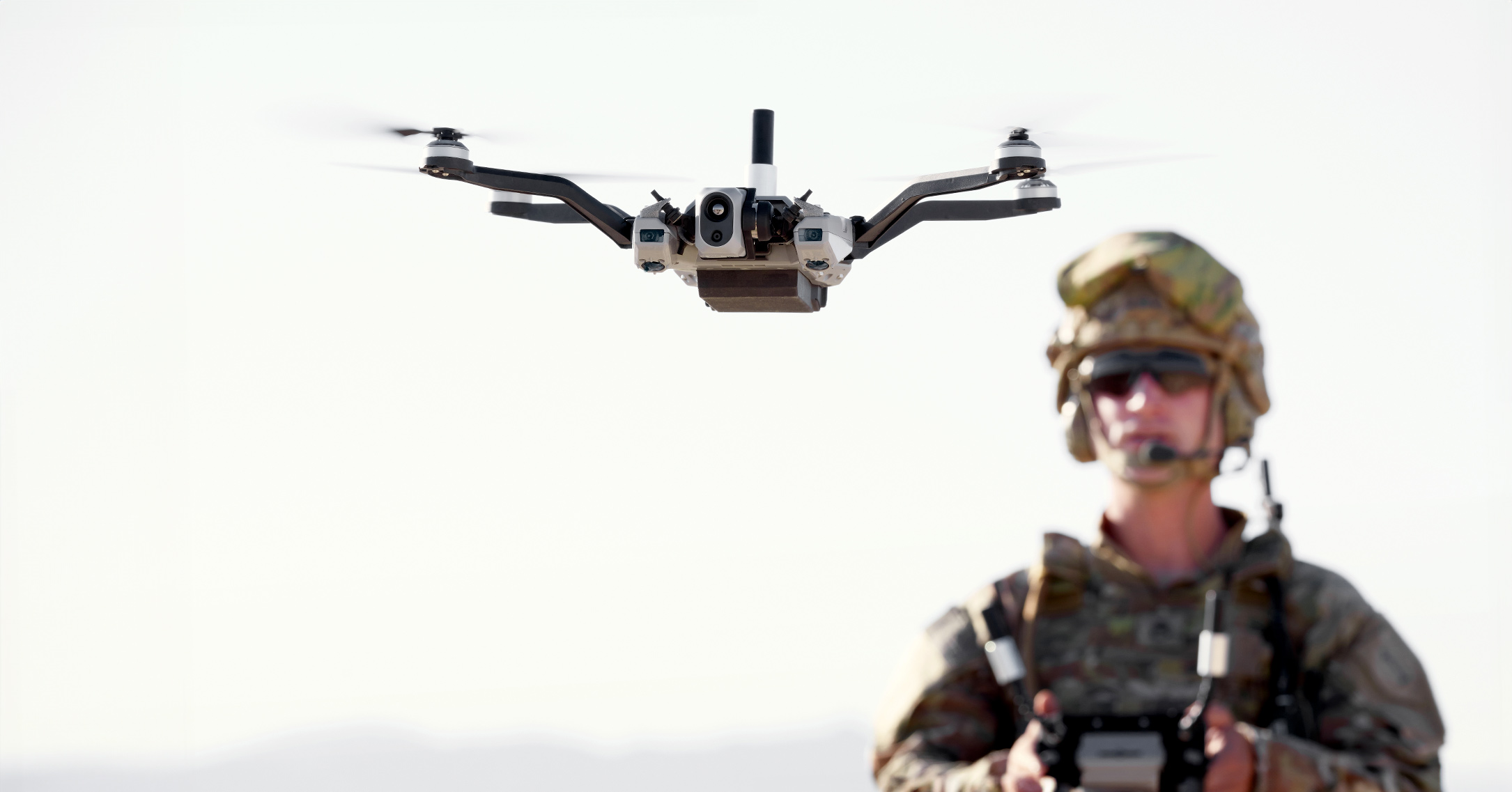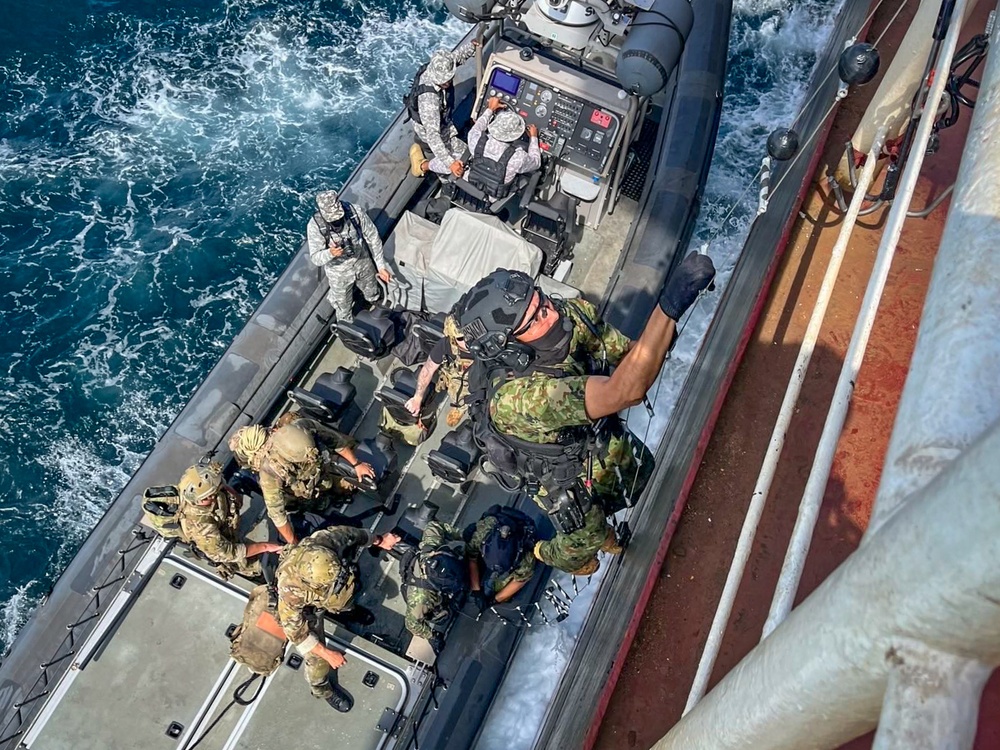Kodava Organisations Demand Exile of Lawyer for Derogatory Remarks Against Army Heroes
In a significant development in Kodagu, various Kodava organizations have united to issue a strong ultimatum regarding lawyer K.R. Vidyadhar,…
Indian Navy Opens Applications for Designated Trade Apprenticeship (2025-26 Batch) at Visakhapatnam
The Indian Navy has announced the commencement of the application process for the recruitment of designated trade apprentices for the…
Rolls-Royce Opens New Office in Glasgow to Support Royal Navy’s Submarine Programs
Rolls-Royce has inaugurated a new facility in Glasgow, Scotland, designed to bolster the Royal Navy’s submarine programs, particularly focusing on…
Defence Minister Assures Action on Unsafe Chander Kunj Army Towers in Vyttila
Kochi has become a focal point of concern as escalating demands emerge for the relocation of residents from Chander Kunj…
Teledyne FLIR to Supply Thermal Imaging Cameras for US Army’s Black Widow Drone
Teledyne FLIR has been chosen by Red Cat Holdings to supply advanced thermal imaging cameras for the US Army's cutting-edge…
U.S. Navy SEALs, Indian Marine Commandos, and Japan Maritime Self-Defense Force Train Together in Exercise Malabar 2024
In a significant display of military cooperation, U.S. Naval Special Warfare (NSW), Japan Maritime Self-Defense Force, and Indian Navy Marine…






